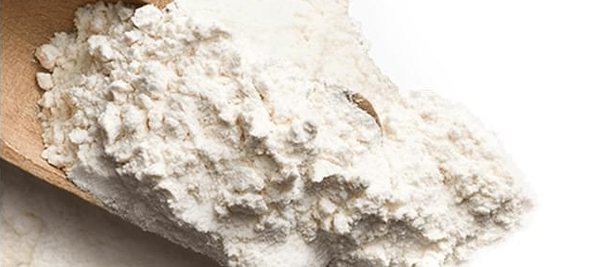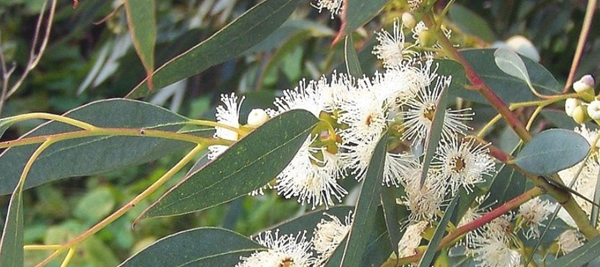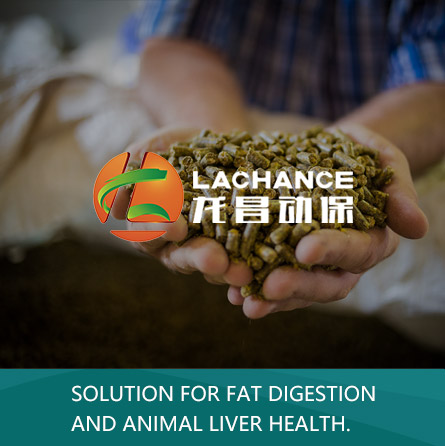Improve WGR & SR, Reduce Liver Fat—BAs Experiment on Grass Carp
This experiment used grass carp as the research subject, with bile acid preparation as an additive. Through feeding trials and observations of liver tissue structure and ultrastructure, the study investigated its effects on the growth, antioxidant capacity, and fat metabolism of grass carp, thereby exploring the mechanism of exogenous bile acids.
Experimental Design
A total of 240 grass carp were selected and randomly divided into 4 groups, with 3 replicates per group and 20 fish per replicate. They were fed diets containing 4 different bile acids supplementation levels (0, 250, 500, and 1000 mg/kg) in indoor recirculating aquaculture systems for 60 days. On days 0, 30, and 60 of the trial, body weight and length were measured, serum was collected, and liver samples and mesenteric fat were dissected and weighed. Growth performance, morphological indices, and serum and liver antioxidant indicators were measured.
Results
Bile acid supplementation improved the weight gain rate and survival rate of grass carp. At the end of the trial, the 1000 mg/kg group showed a 42.9% and 41.3% increase in weight gain rate and survival rate, respectively, compared to the control group.
Bile acids supplementation reduced the condition factor and hepatosomatic index of grass carp. The 250 mg/kg group had the lowest hepatosomatic index among all groups. The mesenteric fat index tended to increase as the hepatosomatic index decreased, suggesting that bile acids may promote fat transport in the liver of grass carp.
Bile acids supplementation increased serum levels of triglycerides, high-density lipoprotein (HDL), low-density lipoprotein (LDL), and cholesterol. Triglyceride levels increased with higher bile acid supplementation. At 30 days, the 1000 mg/kg group had 21.1%, 21.9%, and 21.7% higher HDL, LDL, and cholesterol levels, respectively, compared to the control group. At 60 days, the 250 mg/kg group showed significantly higher HDL, LDL, and cholesterol levels than the control group (P < 0.05), indicating that bile acids facilitate liver fat transport.
Bile acids supplementation enhanced the activity of liver antioxidant enzymes, including superoxide dismutase (SOD), peroxidase (POD), glutathione peroxidase (GPx), and glutathione reductase (GR). The 500 mg/kg group exhibited the highest enzyme activities among all groups, demonstrating that bile acids improve the antioxidant capacity of grass carp liver.
In conclusion, bile acids can act as an anti-fatty liver factor and serve as an effective fat metabolism additive in aquaculture.










